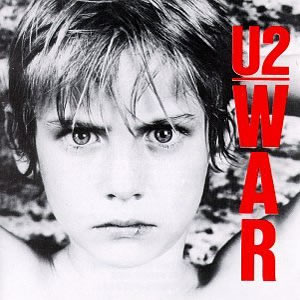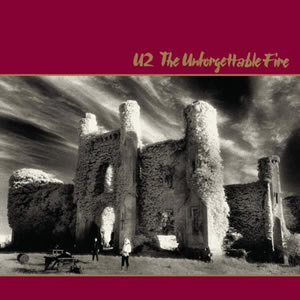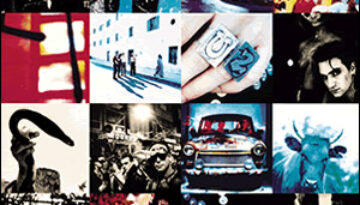Christmas Rock Gems
Nearly from its inception, rock and roll and Christmas songs have made for a potent mixture of holiday-flavored punch. This marriage dates back to 1957 with the first Elvis Presley Christmas Album and […]

Nearly from its inception, rock and roll and Christmas songs have made for a potent mixture of holiday-flavored punch. This marriage dates back to 1957 with the first Elvis Presley Christmas Album and […]

Buy War With their third album War in early 1983, U2 fully arrived on the international music scene and has remained on the top echelon ever since. A commercial success for the band, […]

Buy The Unforgettable Fire U2 decided to take a bit of a turn following their initial mainstream success. They brought in producers Brian Eno and Daniel Lanois to forge the ambient sound of […]

Buy The Joshua Tree The Joshua Tree was the long-awaited fifth studio album by U2, released in the spring of 1987. Although not a true “concept” album, it was uniformly inspired by the […]

Buy Achtung Baby “The sound of four men chopping down The Joshua Tree.” This is how lead singer and lyricist Bono described the radical new approach that the established and successful band U2 […]